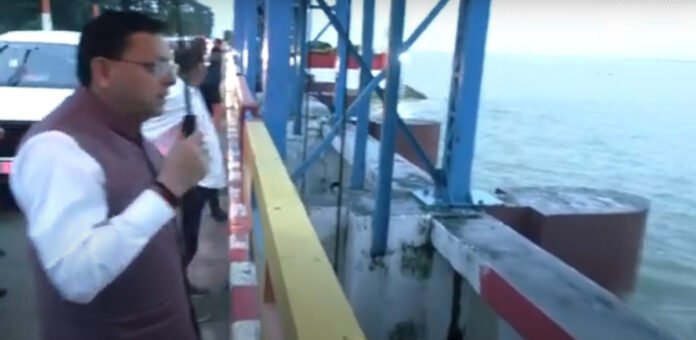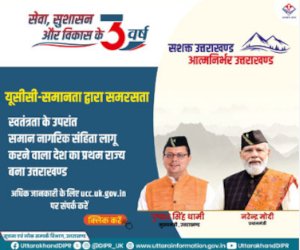In a state as geographically fragile as Uttarakhand, Chief Minister Pushkar Singh Dhami’s leadership has been repeatedly tested by nature’s fury. From cloudbursts in Rudraprayag and Chamoli, to landslides in Tehri and Bageshwar, and the growing challenge of rising river levels across the plains, Dhami has projected an image of a leader who is always present in the moment of crisis.
His frequent on-ground inspections, direct conversations with district officials, and quick mobilization of resources highlight a governance model that prioritizes speed and responsiveness. Dhami’s mantra has been clear: every disaster must be met with immediate relief, decisive action, and visible presence.
Decentralization as a Force Multiplier
A central pillar of Dhami’s disaster governance has been the empowerment of district authorities. Instructions to Deputy Commissioners, police chiefs, and disaster response teams are not only quick but also accompanied by full financial and logistical backing. By ensuring that district administrations can make immediate decisions, the Chief Minister has cut down bureaucratic delays that often hampered relief in the past.
Officials acknowledge that this decentralization has allowed quicker evacuations, faster road clearance, and timely restoration of basic services such as electricity, drinking water, and healthcare access.
Public Confidence in a Hands-On Leader
For the people of Uttarakhand, Dhami’s hands-on image is not just political branding but a reflection of their lived experiences. In Rudraprayag, families trapped under debris during recent cloudbursts recall how the Chief Minister’s office maintained continuous communication with local officials until every life was accounted for. In Nainital, residents highlight the urgency with which road-clearing operations were sanctioned after torrential rains.
The Chief Minister’s direct appeals to the public — asking citizens to remain cautious, relocate from riverbanks, and trust in the state’s disaster machinery — have been credited with preventing panic and saving lives.
Preparing for a Future of Frequent Disasters
Uttarakhand sits on the frontline of climate change. Scientists warn that extreme weather events will become more frequent. Dhami’s governance, therefore, is not only about responding to immediate crises but also building resilience for the future.
Initiatives under his leadership include:
-
Continuous monitoring of rivers and dams with real-time alerts.
-
Strengthening SDRF and NDRF deployments in disaster-prone districts.
-
Allocating rapid funds for district-level disaster management.
-
Mandating coordination between irrigation, PWD, and police to ensure relief reaches quickly.
By aligning development priorities with disaster preparedness, Dhami has made it clear that governance in Uttarakhand cannot be separated from the challenges of its mountains and rivers.
A Defining Leadership Test
For many observers, the repeated disasters could have dented public morale and created political uncertainty. Instead, Dhami has turned these crises into opportunities to demonstrate resolve, efficiency, and empathy. Far from being overwhelmed, he has emerged as a steady hand in turbulent times.
As the Chief Minister himself often reiterates, disaster management in Uttarakhand is about saving lives first, then rebuilding with stronger foundations. His leadership has ensured that the state remains not only on its feet but increasingly better prepared for the challenges of the future.



























